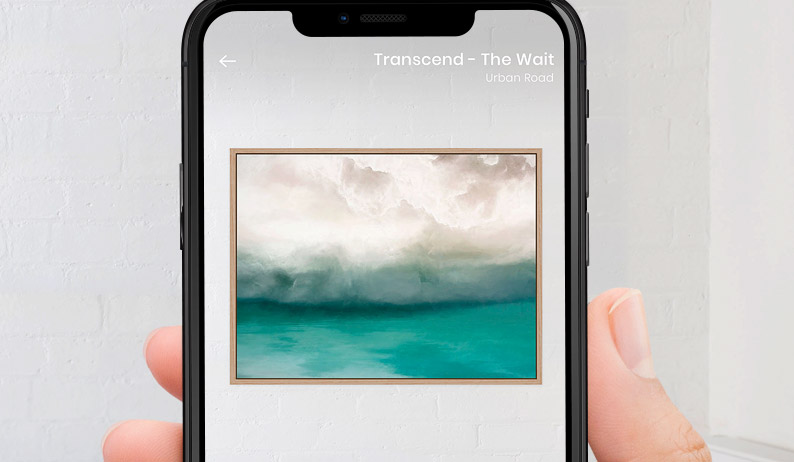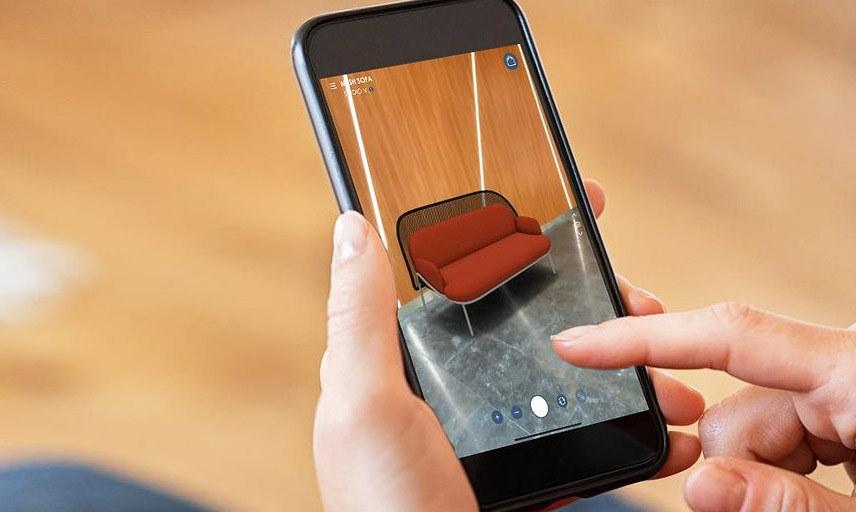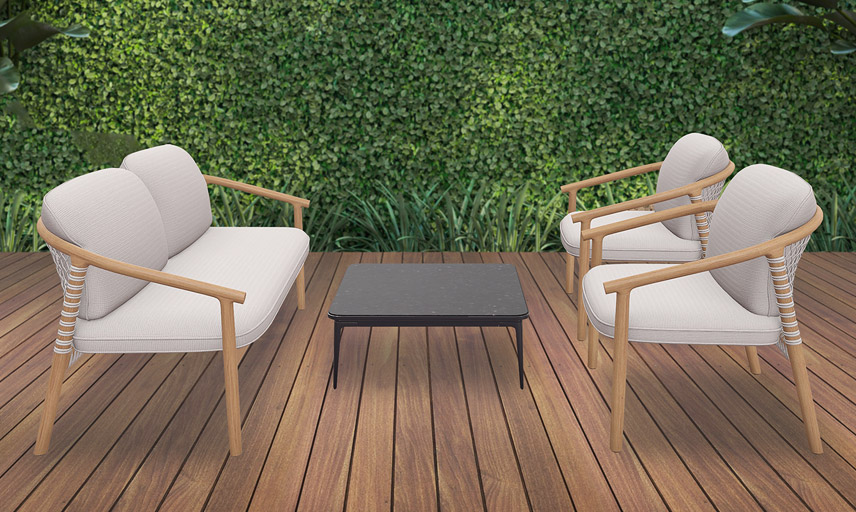Augmented Reality Brings the Gallery to Customers
- Breville Launches Aboriginal Culinary Journey in AR - June 2, 2022
- Online Stylist Creates a Personalised AR Furnishing Session - April 21, 2021
- That Designs Lets Customers Unleash Their Creativity - April 9, 2021
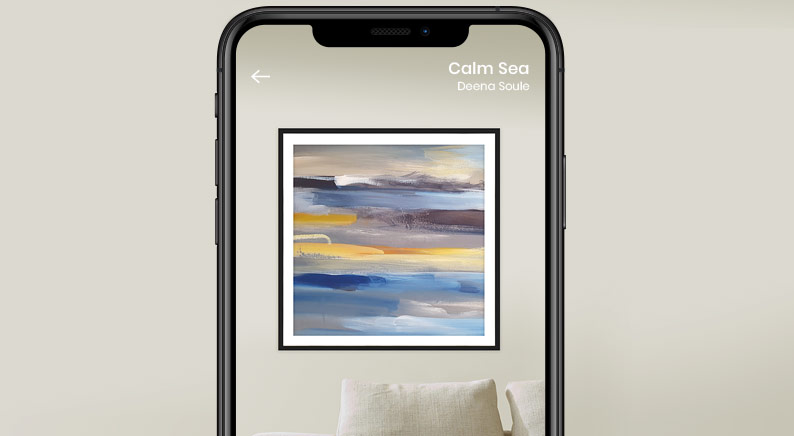
Augmented Reality (AR) is one of the most exciting technologies created to help retailers increase their digital sales. By 2024, the AR market is expected to be worth over $100 Billion and completely revolutionise the way businesses sell their products online. Art retail is just one industry that AR is evolving. It empowers artists, galleries and retailers to realistically showcase their art in a customer’s home, to increase buyer confidence.
Traditionally, purchasing art has revolved around visiting a physical gallery or showroom. The journey of discovering art at these establishments was part of the attraction, but with the rise of ecommerce and factors limiting customer travel, the process has evolved. Galleries and art retailers have expanded their distribution channels to digital marketplaces, websites and Facebook groups, but intense competition has made it difficult to stand out. With many galleries displaying basic photos and providing little context about how the art would impact a customer’s home, buyers are left with many questions, resulting in a weak and sub-optimal sales process.
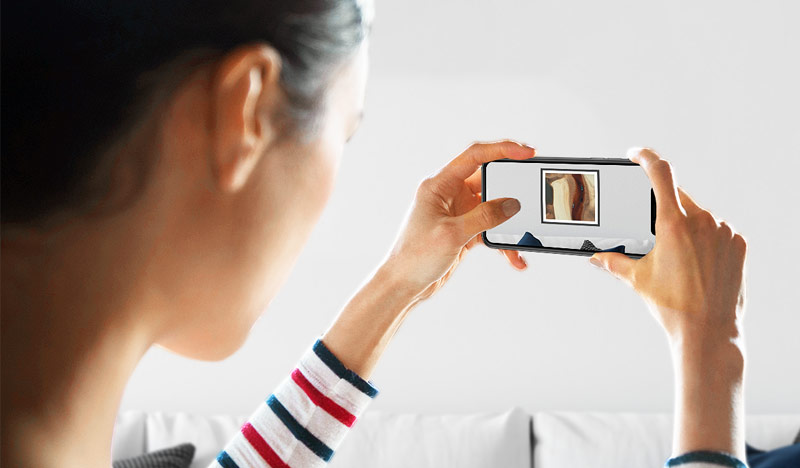
Augmented Reality art solves all of these problems. It allows customer to easily visualise and try art in their home, just by pointing their mobile phone at their wall. By combining leading edge technology and solving an obvious problem, AR boosts buyer confidence and increases product engagement, bringing a gallery-like experience to customers in the comfort of their home.
While the business benefits are clear, what do customers think? A Neilsen global survey showed that 51% of customers would love to use a technology such as AR to assess products. A survey by Retail Perceptions, says 61% of customers would prefer to shop at stores that offer AR. Customers love AR and even at its most basic level, it remains one of the most fun and interactive ways to shop.
Let’s now consider the real-world scenario for AR in the art industry. For buyers, discovering and purchasing art can occur in many different ways. It can be a case of buyers visiting a gallery they are loyal to, supporting their favourite artist, or visiting the marketplace with the most choice. AR seamlessly fits into all these scenarios and adds a crucial element of giving purchase confidence to the buyer that no other solutions can provide. It allows them to easily change art styles, find the right sizing and frames, and see exactly how the art enhances their space, with the tap of a button. This increases customer satisfaction makes the purchase process stand out – artists, galleries and retailers who adopt AR first will reap the benefits.
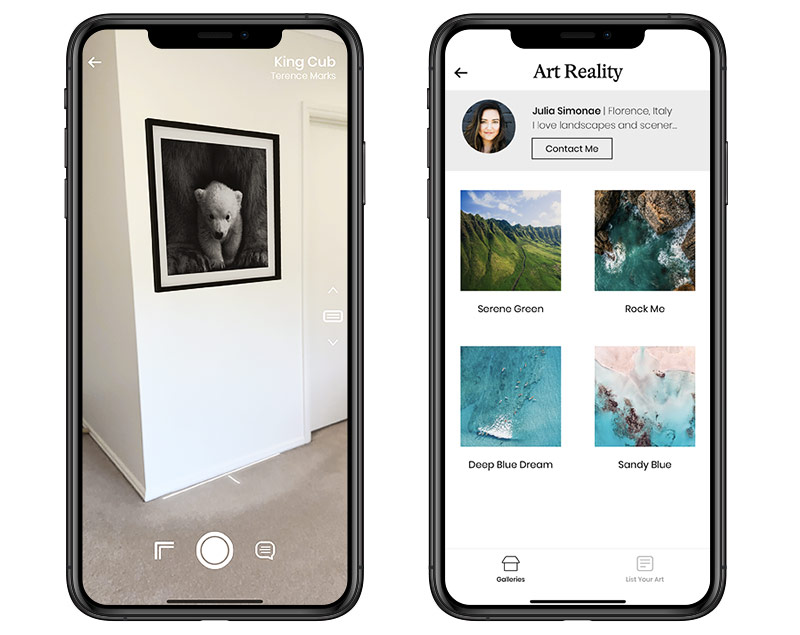
Similarly, art auctioneers can use Augmented Reality to reach more customers via virtual events. Art rental services can demonstrate how art will look in an office space without leaving their home and emerging artists have an exciting new platform to get their work in front of more customers. Roadblocks such as the inability for customers to visit a gallery, the complexity of transporting art samples and time-drains associated with scheduling multiple in-person viewing sessions, can all be simplified with AR.
So how do artists, galleries and art retailers get started in the world of AR art? A new platform called Art Reality seeks to make the process easy for anyone wanting to add AR to their website, gallery or marketplace. Created by INHAABIT, Art Reality is powered by leading Augmented Reality technology, used by some of the world’s biggest brands.
“Our focus was to create an AR art solution that can seamlessly integrate with anyone’s existing website, gallery or marketplace”, explains Jordan Yim, Director at INHAABIT. “Art Reality lets any artist, gallery or retailer add AR functionality to their online art purchasing process and supercharge their sales. It enhances their existing website and gives it new abilities.”
Art Reality has various plans tailored to suit the needs of emerging artists, established galleries and marketplaces. It features both a shared app and the ability to launch a fully branded AR art app.
Augmented Reality is an exciting evolution to the process of buying art. It seeks not to replace the experience of visiting a gallery or showroom, but to boost existing digital channels by adding significantly greater purchase confidence to customers who are browsing art online.
Learn more about Augmented Reality art at Art Reality.

